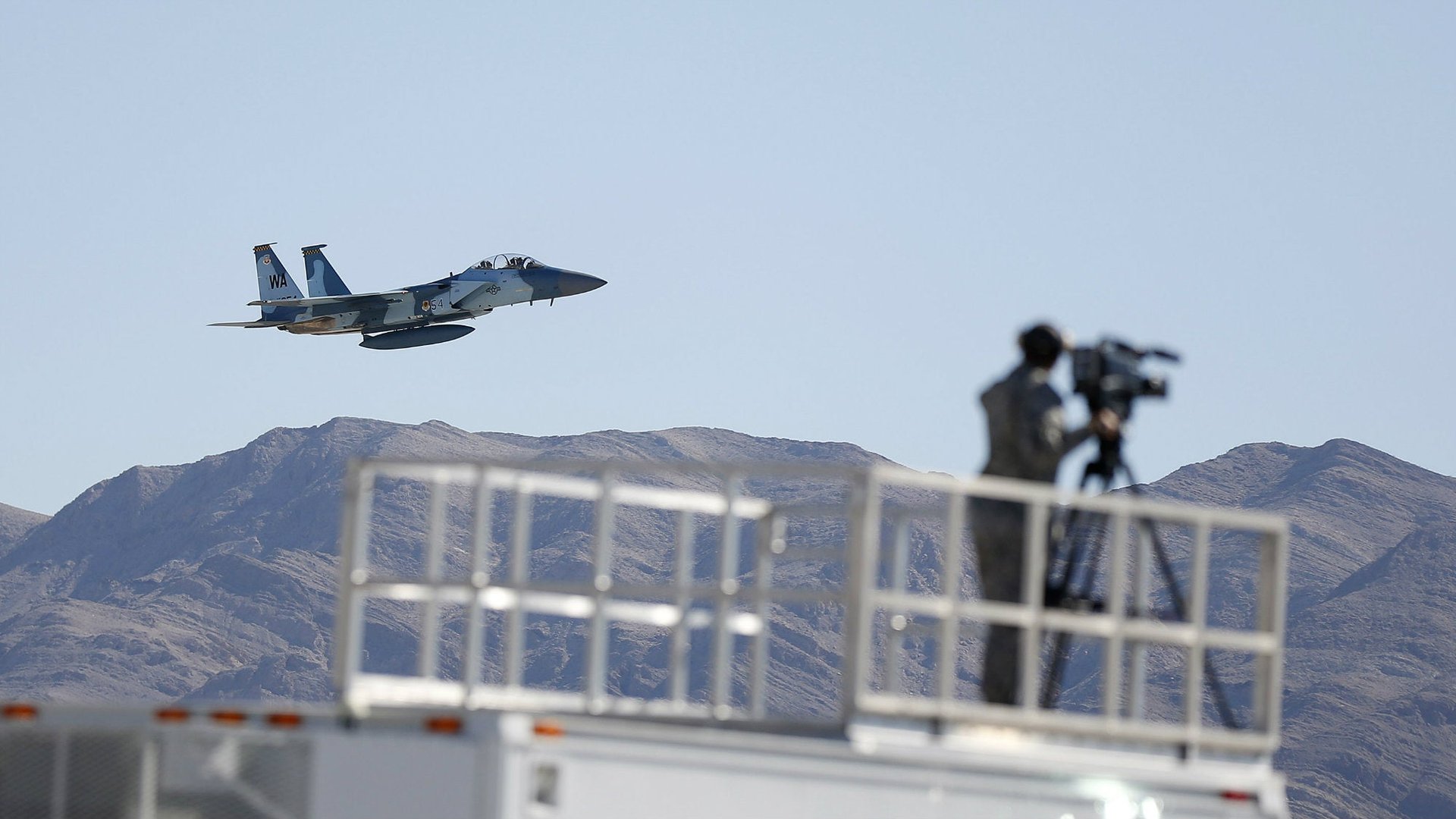Murphy’s Law is totally misunderstood and is in fact a call to excellence
You have likely at some point heard the saying known as Murphy’s Law: Everything that can go wrong will. The phrase has a dour fatalism to it—if everything’s bound to fail, why bother trying? But time has distorted the law’s intended meaning entirely. There really was a Murphy, and the law that bears his name is not an admission of defeat. It is a call to excellence.


You have likely at some point heard the saying known as Murphy’s Law: Everything that can go wrong will. The phrase has a dour fatalism to it—if everything’s bound to fail, why bother trying? But time has distorted the law’s intended meaning entirely. There really was a Murphy, and the law that bears his name is not an admission of defeat. It is a call to excellence.
Murphy’s Law originated at Edwards Air Force Base in southern California, the same place where Chuck Yeager broke the sound barrier in 1947. Around that time, a team of Edwards engineers was working on Project MX981, a mission to determine the amount of force a human body could sustain in a crash. To see what happens when a human decelerates from great speeds, a human must first reach great speeds, something MX981’s engineers accomplished by repeatedly strapping a brave test subject into a rocket-propelled platform on rails, a rig known as a rocket sled. On most test runs it carried John Paul Stapp, a gregarious and witty flight surgeon who volunteered for the job.
In the late 1940s, the team received a visit from an Air Force captain and reliability engineer named Edward A. Murphy, Jr. The details of the story vary. The best and most comprehensive history of Murphy’s Law comes from documentarian Nick T. Spark, who interviewed the surviving witnesses more than 50 years after the fact. What is generally agreed upon is that Murphy was there to deliver some new gauges for the apparatus. The gauges malfunctioned. An irritated Murphy allegedly blamed the problem on underlings, grousing: If there’s any way they can do it wrong, they will.
The person who transformed Murphy’s complaint into Murphy’s Law was Stapp, the flight surgeon who put his life on the line to test the team’s theories. When a reporter asked about the project’s inherent danger, Stapp allegedly replied that the team was guided by a principle he called “Murphy’s Law.”
As Stapp put it, errors and malfunctions were an inescapable reality of any undertaking. Instead of using that fact as reason to quit, the engineers used it as motivation to excel. The only way to avoid catastrophe was to envision every possible scenario and plan against it. The Project MX981 team abided by a philosophy that was something like a well-engineered hybrid of the Stoics’ premeditation of evils and The Right Stuff.
“It’s supposed to be, ‘If it can happen, it will,’” a former Edwards engineer told Spark. “Not ‘Whatever can go wrong, will go wrong.’” In a radio interview in the early 1980s, Murphy insisted he had in fact meant it in the former, more motivating sense.
The disaster-minded approach worked. MX981’s experiments resulted not in high-speed tragedy but in research that revolutionized air and road safety—and for a time made Stapp the fastest man on Earth. The Edwards engineers succeeded because they assumed not that everything would go wrong, but that it could go wrong. And that makes all the difference.